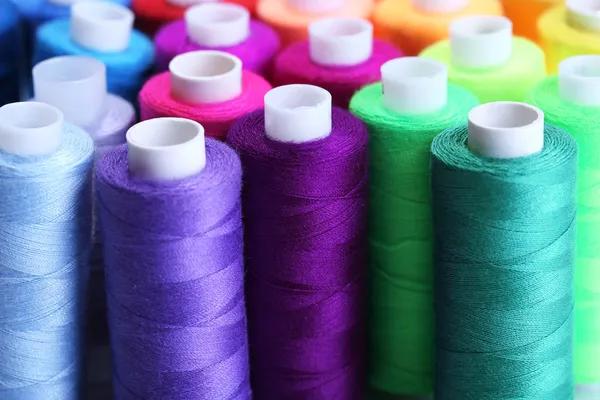gerlachsartglass.com The fashion industry, known for its glitz and glamour, also carries a darker reputation for being one of the largest polluters globally. It is responsible not only for significant environmental degradation but also for contributing to unethical labor practices in many parts of the edugraphs.com world. However, a transformative change is sweeping across this industry with the advent of sustainable fabrics.
Sustainable fabric refers to materials derived from eco-friendly resources such as recycled goods or fast-growing plants that have minimal impact on our environment. goshting.com They are produced using processes that respect animal welfare, conserve energy and water, reduce carbon emissions, and ensure fair treatment of workers.
Sustainable fabrics are changing the way we perceive fashion by offering an environmentally friendly alternative without compromising style or comfort. The use of organic cotton, hemp, bamboo fiber, and recycled polyester has become increasingly popular among designers who seek to combine creativity with responsibility towards our planet.
Organic cotton is grown without harmful pesticides or synthetic fertilizers; it promotes biodiversity and improves soil fertility. Hemp requires less water than conventional crops and returns up to 70% nutrients back into the soil after harvest. Bamboo grows quickly without needing much care or additional resources while producing more oxygen compared to other trees. Recycled polyester reduces landfill waste by reusing plastic bottles and old garments.
Furthermore, these sustainable materials offer superior quality compared to their conventional counterparts. For instance, organic cotton tends to be softer yet more durable than regular cotton because it hasn’t been exposed to harsh chemicals during cultivation or processing.
The shift towards sustainable fabrics isn’t just limited to niche brands promoting ethical fashion; it’s becoming mainstream with big names in filnoor.com the industry incorporating sustainability into their business models too. H&M’s Conscious Collection uses organic cotton and recycled polyester extensively while Stella McCartney’s brand philosophy revolves around cruelty-free sourcing and minimizing environmental impacts through innovative materials like regenerated cashmere.
Consumer awareness about environmental issues webrossummit.com has significantly increased over recent years due largely to social media campaigns highlighting unsustainable practices in the fashion industry. This shift whiningconfessed.com in consumer behavior is driving demand for sustainable fabrics and pushing brands to consider their environmental footprint.
However, there are challenges that need addressing. The production of sustainable fabrics can be more costly, leading to higher retail prices that could deter consumers. There’s also a lack of transparency about what truly constitutes ‘sustainable’ – this term is often misused or misunderstood by both brands and supinedu.com consumers.
Despite these hurdles, it’s clear that sustainable fabrics represent a positive step forward for the fashion industry. They offer an alternative model that respects our planet and its inhabitants while still delivering beautiful garments. cicioweb.com Indeed, as we become more conscious of our consumption patterns, sustainable fabrics will continue to shape the future of fashion with style and responsibility going hand in hand.

